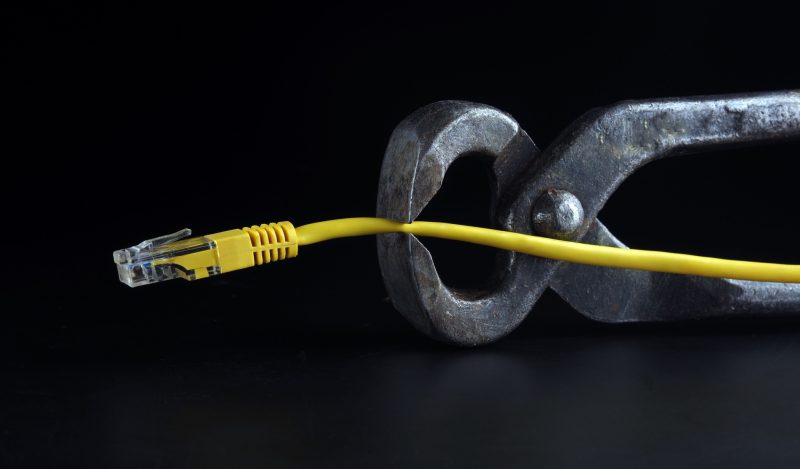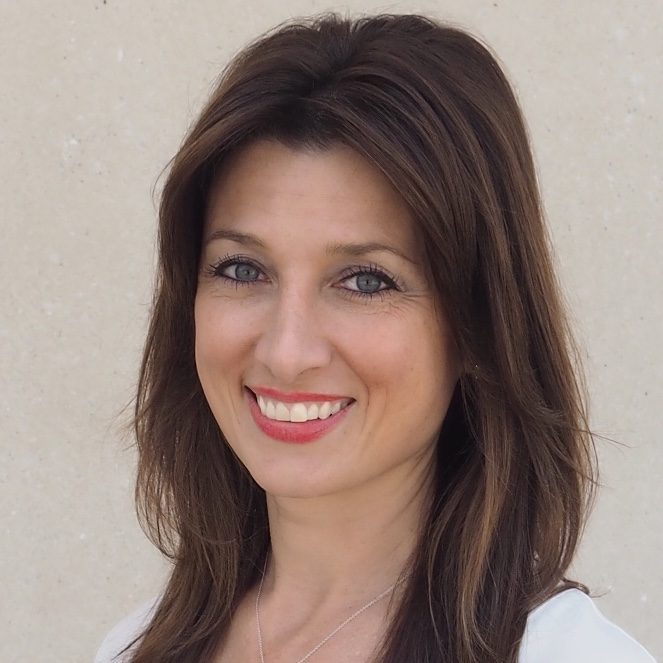Billed as one of the most consequential lawsuits of the last century, Murthy v. Missouri (formerly Missouri v Biden) is a legal battle that stands at the intersection of free speech protections and social media companies.
The plaintiffs, which include psychiatrist Aaron Kheriaty, and epidemiologists Martin Kulldorff and Jay Bhattacharya, cosignatories of the Great Barrington Declaration, allege the US government coerced social media companies to censor disfavoured viewpoints that were constitutionally protected by the First Amendment.
The US government denies coercing social media companies, arguing it was “friendly encouragement” in an effort to protect Americans from “misinformation” in a public health emergency.
The Constitution is clear – it forbids the US government from abridging free speech. But a private company such as a social media platform bears no such burden and is not ordinarily constrained by the First Amendment.
This case asks whether certain government officials impermissibly coerced social media companies to violate the First Amendment rights of social media users. The case now sits before the Supreme Court of the United States (SCOTUS).
The Case So Far
The case has seen several twists and turns since it was originally filed in 2022.
Discovery allowed plaintiffs to document nearly 20,000 pages showing platforms like Twitter (now X), Facebook, YouTube, and Google stifled free speech by removing or downgrading stories about Hunter Biden’s laptop, the 2020 presidential election, and various Covid-19 policies.
The plaintiffs described it as an “unprecedented, sprawling federal censorship enterprise.”
On July 4, 2023, US District Court Terry Doughty granted a motion to restrict federal government officials from communicating with social media companies over content it believed to be misinformation.
Specifically, they were prohibited from meeting or contacting by phone, email, or text message or “engaging in any communication of any kind with social-media companies urging, encouraging, pressuring, or inducing in any manner for removal, deletion, suppression, or reduction of content containing protected free speech.”
Doughty indicated there was “substantial evidence” that the US government violated the First Amendment by engaging in a widespread censorship campaign and that “if the allegations made by plaintiffs are true, the present case arguably involves the most massive attack against free speech in United States’ history.”
The Biden Administration appealed the decision in the Fifth Circuit Court of Appeals, arguing that the officials exercised a form of permissible government speech because they only pointed out content that violated the platforms’ policies to reduce the harms of online misinformation.
On September 8, 2023, the Fifth Circuit largely affirmed Judge Doughty’s order stating that US government officials were engaging “in a broad pressure campaign designed to coerce social-media companies into suppressing speakers, viewpoints, and content disfavored by the government.”
It was determined that the harms of such censorship radiated far beyond the plaintiffs in the case, essentially impacting every social-media user.
Circuit Judge Don Willett said the White House applied pressure to social media companies, using “fairly unsubtle strong-arming” and making “not-so-veiled threats” in the form of “mafiosi-style” tactics along the lines of “This is a really nice social media platform you’ve got there, would be a shame if something happened to it.”
The underlying threat, implied by Willett, is that the US government might increase its regulation over the platforms and enforce legal reforms to Section 230 which currently protects platforms from civil liability in US courts for content that appears on their platforms. Section 230 states:
No provider or user of an interactive computer service shall be treated as the publisher or speaker of any information provided by another information content provider.
On October 3, 2023, a 74-page ruling ordered US Surgeon General Vivek Murthy, White House Press Secretary Karine Jean-Pierre and dozens of officials from The White House, FBI, and Centers for Disease Control and Prevention (CDC) to:
…take no actions, formal or informal, directly or indirectly, to coerce or significantly encourage social-media companies to remove, delete, suppress, or reduce, including through altering their algorithms, posted social-media content containing protected free speech.
However, President Biden is no longer a named defendant because the Fifth Circuit did not uphold the order against him, hence the change in the name to Murthy v Missouri.
On October 20, 2023, the Supreme Court of the United States (SCOTUS) granted Murthy’s application for stay (pause) of the injunction, until the court could review the case and issue a judgement.
In the Supreme Court
On March 18, 2024, Murthy v Missouri arrived at SCOTUS where Justices heard oral arguments by Brian Fletcher, Deputy Solicitor General for the US government and Benjamin Aguiñaga, Louisiana’s solicitor general for the plaintiffs.
Friendly, not Coercive?
Fletcher continued to argue that the government’s communications did not rise to the level of threats or coercion, but was simply encouraging social media platforms to exercise their misinformation policies (which would not be unconstitutional).
“If it stays on the persuasion side of the line — and all we’re talking about is government speech — then there’s no state action and there’s also no First Amendment problem,” said Fletcher. “I think it’s clear this is exhortation, not threat.”
Justice Samuel Alito however, seemed more convinced that the tirade of emails and crude language used by the White House officials to social media companies, mounted to coercion through their “constant pestering” of the platforms.
“It is treating Facebook and these other platforms like they’re subordinates,” said Alito. “Would you do that to the New York Times or the Wall Street Journal or the Associated Press or any other big newspaper or wire service?”
Justices Brett Kavanaugh and Elena Kagan referenced their own experience as government agents who had tried to persuade journalists to write stories differently, seeming dismissive about the argument that they were violating the Constitution in those circumstances.
“Like Justice Kavanaugh, I have had some experience encouraging press to suppress their own speech,” admitted Kagan. “This happens literally thousands of times a day in the federal government.”
Traceability
Some Justices questioned whether the plaintiffs could show they were directly “injured” by the censorship and if it was directly traceable to the government. In fact, Aguiñaga was asked to provide specific examples of where the plaintiffs were censored directly because of government coercion.
Justice Kagan said that platforms already moderate content, “irrespective of what the government wants, so how do you decide that it’s government action as opposed to platform action?”
Aguiñaga named Jill Hines, co-director of Health Freedom Louisiana, who was specifically mentioned in the government’s communications to be targeted for censorship.
Kheriaty, another plaintiff on the lawsuit, later commented that proving they were censored directly as a result of government action, rather than decisions by the platforms or their algorithms, would not be simple.
“Even with extensive discovery – which is hard to get in any event – finding the entire trail from a government directive to the take down of a specific YouTube video or Tweet would be virtually impossible,” wrote Kheriaty in a recent post.
Hamstringing the Government
Arguably, the most controversial moment was when the newest Justice of the court, Ketanji Brown Jackson questioned Aguiñaga over the impact of broadly restricting the government’s communications with social media platforms.
“My biggest concern is that your view has the First Amendment hamstringing the government in significant ways in the most important time periods,” said Jackson. But critics immediately pointed out that the only purpose of the First Amendment is to hamstring the government. It states:
Congress shall make no law respecting an establishment of religion, or prohibiting the free exercise thereof; or abridging the freedom of speech, or of the press; or the right of the people peaceably to assemble, and to petition the Government for a redress of grievances.
In the courtroom, Jackson posed a hypothetical scenario of a “challenge” circulating on social media where teenagers were encouraged to “jump out of windows at increasing elevations.”
“Some might say that the government actually has a duty to take steps to protect the citizens of this country,” said Jackson wondering if, in the context of a once-in-a-century pandemic, it might change the principle of the First Amendment.
“You seem to be suggesting that that duty cannot manifest itself in the government encouraging or even pressuring platforms to take down harmful information,” added Jackson.
Aguiñaga responded by saying that the US government had many options to amplify its messages without coercing private companies to censor content, including using its “bully pulpit” to make public statements.
Aguiñaga also said that people on social media were often unaware of the extent of the governments meddling to remove content. “The bulk of it is behind closed doors. That is what is so pernicious about it,” he said.
Whether SCOTUS votes to order a halt to the government’s widespread censorship enterprise remains to be seen. A ruling is expected in June 2024.
Republished from the author’s Substack
Join the conversation:

Published under a Creative Commons Attribution 4.0 International License
For reprints, please set the canonical link back to the original Brownstone Institute Article and Author.









